
How Breath of the Wild Combined My Three Favorite Games - Article
by Evan Norris , posted on 04 March 2018 / 8,324 ViewsSince 2012 my top three games have been set in stone: The Legend of Zelda: Ocarina of Time, Deus Ex, and Halo: Combat Evolved, in that order. Ocarina earned a spot for its fully-realized 3D world and action-adventure formula; Deus Ex for its freedom of choice and emergent gameplay; and Halo for its improvisational combat, among other things. Each of these titles, on its own, is a master class in game design. Then came 2017, and Breath of the Wild. It catapulted to the top of my list, in large part because it captures the essence of these three landmark games. It's the best of Ocarina of Time, Deus Ex, and Halo, combined into a singular experience.
Now, don't get caught up on the trappings of these games. Obviously there aren't augmentation canisters and plasma pistols in Breath of the Wild. This is more about gameplay systems and player tool sets, not accoutrement.
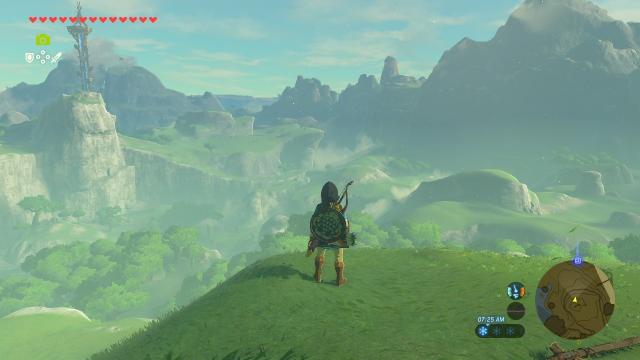
Deus Ex and Emergent Gameplay
If the greatness of Breath of the Wild could be explained in a single word, it's "freedom." Like the best sandbox games, this latest Zelda title thrives on open-endedness. Traditional video game limits and structures are absent here, replaced by mutable boundaries and the freedom to play the game in the order you choose, at the rhythm you desire. You can absorb as much or as little of the story as you wish; you can strike out against the final boss almost immediately; or you can meander the vastness of Hyrule for hundreds of hours, delaying the main quest indefinitely. Even the game's subtitle points to an open-air adventure inside a living, breathing wilderness.
Yet for all its impressive geographic, structural, and narrative freedom, Breath of the Wild is even more effective in terms of mechanical and physical freedom — and it's here where Deus Ex-style emergent gameplay comes into play.
Back in 2000, Ion Storm's Deus Ex won over consumers and critics with it cyberpunk setting, its smart fusion of genres, and, above all else, its emergent gameplay. Often found in games with compound physics and lots of interactive objects, emergent gameplay is, at its simplest, the process by which players, using simple mechanics provided by the developer, invent complex, unanticipated gameplay scenarios. For an example, take the Lightweight Attack Munition (LAM), a small explosive that doubles as a grenade and proximity mine in Deus Ex. Imaginative players noticed that, using the game's physics engine, they could attach a LAM to a wall and use it as a foothold. Thus, end-users devised a way to react to a particular in-game problem — in this case an impassable wall — that may never have factored into the design of the game. That's emergent gameplay.
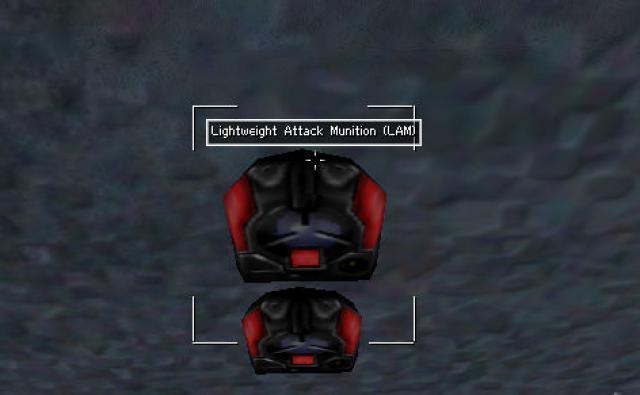
Jason Cross summed up best how emergent gameplay made Deus Ex shine in a review published in 2000 for Computer Games Magazine:
J.C. Denton's growth can progress in so many different ways and every task, from overall objectives to individual obstacles, can be overcome by so many means that a thousand people could get in a room together and discuss how they played and a thousand different stories would emerge.
Happily, Breath of the Wild managed to recreate that sense of freedom and those specific, individualized experiences. No two people who delved into this latest Zelda adventure have experienced it in the same way or at the same tempo. This is due to the vastness of its game world and its abundance of side-quests, yes, but it's also because of Nintendo's deep commitment to emergent gameplay.
Players have the autonomy to approach many of the game's seemingly simple and straightforward challenges in many unexpected, outside-the-box ways. Why go toe-to-toe with a Moblin when you can trick it into striking a nearby Cucco, provoking a horde of sympathetic Cuccos to swarm the unsuspecting monster? Why risk life and limb around an enemy campfire, when you can toss a metal sword into the ring during a lightning storm, and summon a lightning strike? All the complex physics, chemistry, weather, and AI systems in Breath of the Wild combine to create almost endless possibilities.
Nothing about this is accidental. In an interview with Edge, producer Eiji Aonuma said this:
In the past titles, if a player found a different solution to the one we'd intended, we’d call it a bug. But for this title we created puzzles with multiple solutions. Even battles against enemies have a puzzle element: you can push a rock off a cliff and defeat them that way, or have bees chase them away so you can sneak up and take their weapons. Even if it's a strong enemy, there are a lot of strategies, and it's not just about battling.
In Breath of the Wild, as in Deus Ex, there is no "right" way to play the game.
Halo: Combat Evolved and Improvisational Combat
A big reason why the premier Halo game remains my favorite is its improvisational gunplay. Sequels may have introduced new mechanics and more robust multiplayer options, but none has managed to capture the tactical thrill of close-quarters combat from Combat Evolved. Developer Bungie captured lightning in a bottle in its first foray into the Halo universe, conjuring up some of the most viscerally-satisfying gunplay of any first-person shooter.
The programmers at Bungie accomplished this with enemy AI that would qualify for Mensa International, perfect weapon balance, and by a thoughtful prohibition in terms of weapon capacity and ammunition. By limiting the game's hero Master Chief to a two-gun limit and by making ammo scarce, the developer created situations in which players would need to carry the right weapons for the task at hand and improvise when ammo ran out. This led to more than a few scenarios where Chief would empty a clip into an enemy, pick up its discarded weapon, and use it to clear out the rest of the room.
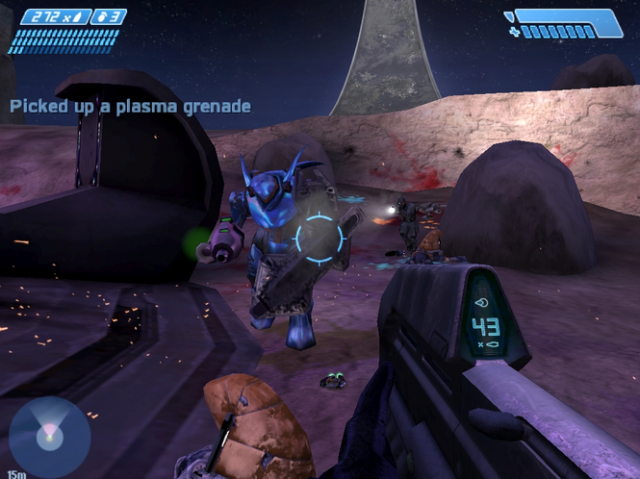
Combat Evolved excelled at these kinds of tactical firefights, which together formed a kind of organized chaos where the player rewrote the rules of combat mid-skirmish. Despite operating in a different genre, Breath of the Wild channels this chaos. In my review of the game, I wrote the following:
Breakable weapons, a point of contention for some, make combat all the more improvisational. Swords, staves, shields, and bows will decay over time from use, setting up situations where players will need to switch weapons on the fly (using the quick menu on the d-pad), hurl almost-broken weapons at monsters, and loot the battlefield mid-skirmish for usable weapons. It's reminiscent of the spontaneous fighting in Halo: Combat Evolved.
In a way, breakable weapons are just guns with finite ammunition. When ammo runs out the gun is useful only as a bludgeon. Similarly, when a weapon in Breath of the Wild reaches its breaking point, it's useful only as a last-ditch projectile. Just as Bungie did with Halo, the developers at Nintendo EPD manufactured an environment where players need to improvise when a weapon loses its efficacy. Moreover, just as in Halo, Breath of the Wild never really sends you to a place of abject hopelessness. Everything you fight drops a weapon, after all.
Done correctly, a limited amount of ammo and a restricted number of guns — or, in the case of Zelda, breakable weapons — can add variety to combat, encourage players to switch tactics on the fly, and compel them to experiment with unlikely items.
Ocarina of Time and the Action-Adventure Formula
It will come as no surprise to anyone who's followed my work that I hold The Legend of Zelda up as the quintessential action-adventure franchise. If it didn't invent the sub-genre in 1986, it certainly codified and canonized it. By combining real-time action from arcade games and open-ended exploration for computer RPGs, director Shigeru Miyamoto crafted something years ahead of its time, which would, over the following decade, pick up more puzzles, more non-player characters, and more optional quests to become the Zelda formula: equal parts combat, exploration, and problem-solving.
While Breath of the Wild is more in line with the original NES Zelda, and therefore less interested in puzzles, it still bears the skeleton of what might be called "modern" Zelda, best articulated in 1998's Ocarina of Time. Miyamoto's magnum opus, Ocarina brought the series into three dimensions; introduced to Zelda the concept of a day/night cycle; pioneered lock on "Z-targeting" and context-sensitive actions; and, just as Miyamoto and company had done two years earlier in Super Mario 64, gave players a giant 3D playground in which to operate — only this time it was much more epic in size and scope.
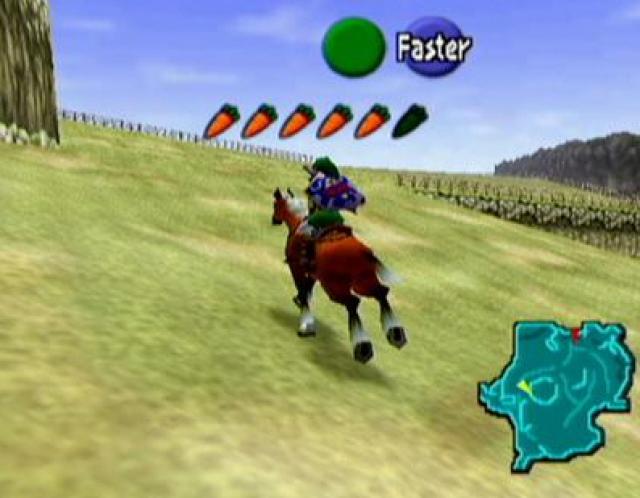
Ocarina's (at the time) unprecedented freedom of movement and joy of discovery is replicated in Breath of the Wild. So too are its ferocious enemy encounters, its head-scratching puzzles, and its quirky quest-giving cast of characters. Both titles are supremely satisfying on mental, physical, and emotional wave lengths, mostly because they each subscribe to the tenets of the action-adventure game in general and the Zelda formula in particular.
Game director Hidemaro Fujibayashi, in an interview with The Verge, had this to say about designing Breath of the Wild:
One thing that I knew we didn't want to change was the aspect of discovery and exploration, and the joy that you get from discovering something new. There's also the idea of puzzle solving. You think about it, you try some ideas, and when you're finally able to solve a puzzle, that joy and sense of accomplishment is something that I think speaks really truly to the Zelda franchise. And I wanted to make sure that that was still intact in the game.
Breath of the Wild obviously diverges from the typical Zelda formula through its commitment to emergent gameplay and improvisational combat, but Ocarina is in its DNA.
Final Thoughts
For about 20 years, Ocarina of Time was my favorite game. I cherished it, I waxed poetic about it, and I used it a barometer to measure action-adventure titles and video games in general.
Now, one year after its launch, Breath of the Wild is the game against which I judge all others. It borrows the best of Ocarina and folds it into liberating emergent gameplay, reminiscent of Deus Ex, and tactical, improvisational combat in the style of Halo: Combat Evolved. It's everything I've ever dreamed of — and many things I never knew I wanted — in a video game.
More Articles
Great article !! I just love how well done and realistic the gameplay in botw is. You get so used to it easily. Also, the gameplay and physic mechanic or i could say the whole engine is opening so many doors for the franchise, i am more excited then ever for the next game. Breath of the Wild is one of my favorite games and even if it had flaws. (#1 being Diablo 2, nothing will top that for me i think.) If they can correct said flaws, the next game can be just.. i can't imagine how good it can be.
Wow. If someone told me that Breath of the Wild was a Neapolitan ice cream consisting of Ocarina of Time, Halo Combat Evolved, and Deus Ex .... I would seriously worry about their mental state. But you did a really good job of explaining how these seemingly very different games are actually somewhat similar! I guess when you think about the design from a psychological perspective they are all pretty similar (except for Ocarina .... obviously).
Great read!
Good article! What's great about BOTW is how it seamlessly blends elements from some of the best games / genres over the past decade or so. The shrine trials for example remind me of the physics based puzzle solving of Portal - the main colors of the shrines are even blue and orange to boot! Only thing that's missing is GLaDOS's sarcastic quips after you've solved each puzzle. They also did a great job of implementing the "towers" system that many open world style games utilize for map exploration, and you don't have to worry about inadvertently screwing yourself out of being able to finish a quest due to prior actions or glitches within the game that rendered such quests impossible to complete (looking at you, Skyrim!).
I feel like bungie intentionally took AI backwards. It’s been the same lead AI designer since CE and Destiny AI has far worse versions of the Halo AI animations and stuck in mud environmental pathing. CE was great, but the peak of Halo AI was Halo 3: ODST firefight. They would pin you down and even sometimes spawn trap you, but they would do everything they could to cut you off or shoot you mid jump and prefire around corners.
Very good Article. Very interesting view.
BOTW was good, but unlike him, OOT still stands tall as the best 3D Zelda for me. I put innovation above all else and it was far more innovative.
I haven't seen a single mention of Skyrim or Ubisoft in here, which is new to me :) The game in my mind is just one of the best ever made. It does so much right already and I feel it can only get better from this game on forward. I think people miss the point that this open world genre is something that truly helped the franchise from what many perceived as "the same thing" over and over again. Moving away from the linear path and giving players so much freedom within the Zelda world was a very smart decision.
Awesome read, and what you're saying is so right. BotW is all of those things. Even though I only ever played both Deus Ex and Halo once a very long time ago and only know little about them, I can totally relate to the implementation of those gameplay freedoms into BotW; I once trick shot a crystal switch with a bomb arrow through a fence and over a wall so I could bypass another and be on time for a change in water level to reach a different level.
Personally though for all it's brilliance I still couldn't put it at the top of my own list of favorites. Because it's missing one thing that BotW can't possibly have yet; emotional meaning and therefore by extent longevity. The games I'd still put above it, besides being excellent, all represent a certain point in life where that game was an anchor and affected not only my tastes in gaming but also relationships in real life. Those games made memories and steered my life. Most of them I still play to this day. BotW can't have that yet, and we'll see how meaningful it becomes.
Never head of the concept of emergent gameplay before - and had to think of a time in BotW where what I did could be classed as that. Could only remember one - climbing the volcano where I use the Magnesis boulders and blunt instruments rather than cover to bludgeon all the enemies to death.
Will have to see If I can use this more in the part of the game I have left.








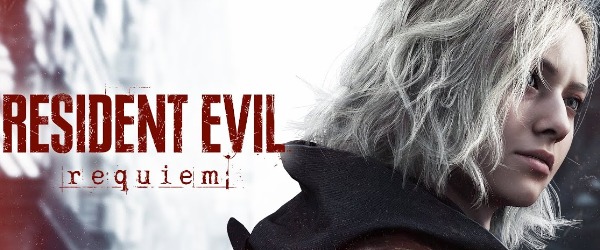
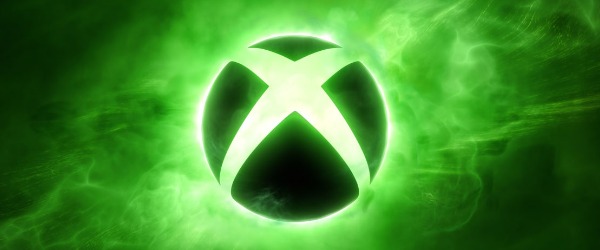
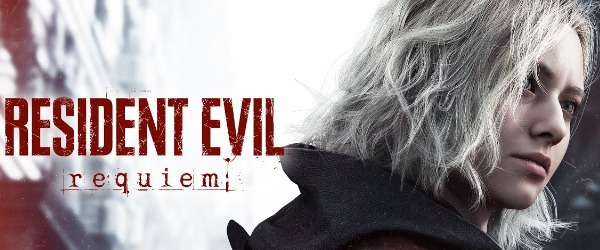
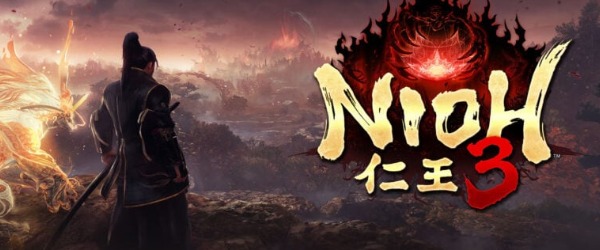















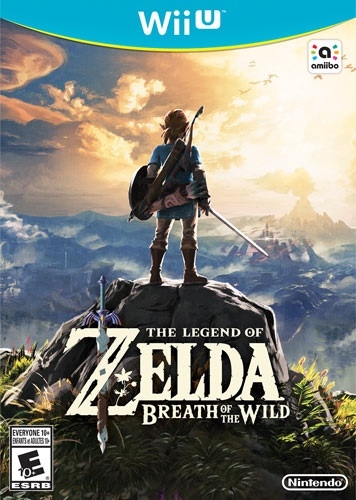

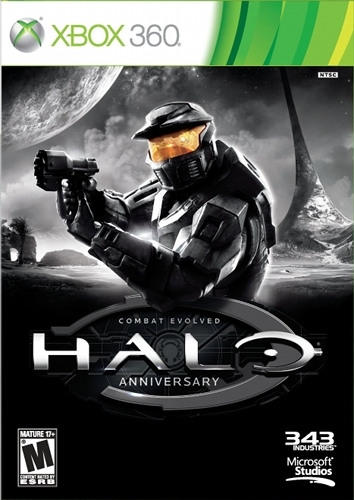


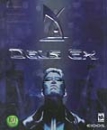

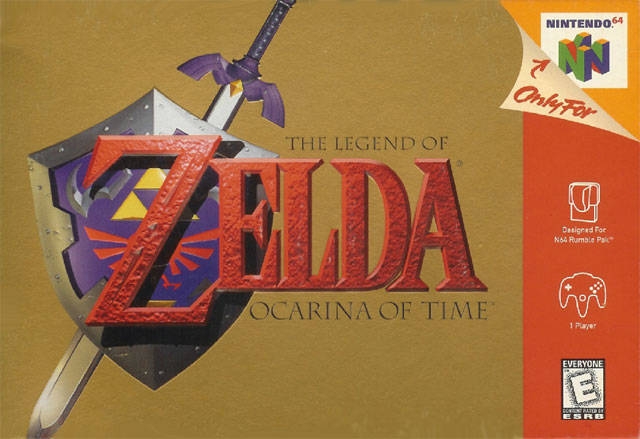

 Essay Pro
Essay Pro